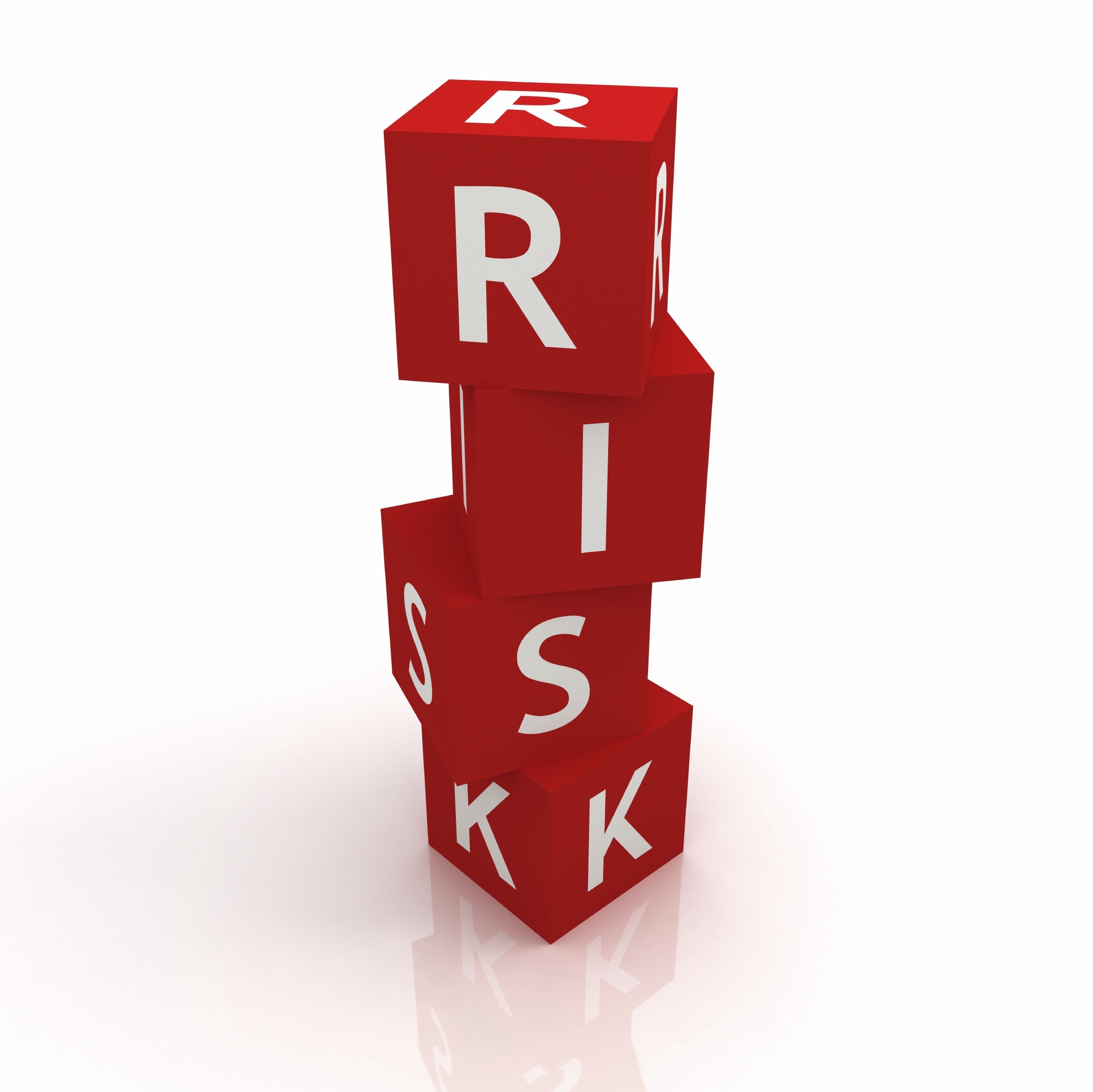Historian Heiko Stoff has recently sketched a fascinating controversy in the 1950’s on chemical risk assessment. Two renowned scientists in the Farbstoffkommission (Dye Committee) of the Deutsche Forschungsgemeinschaft (DFG, German Research Community), pharmacologist Hermann Druckrey and biochemist (and Nobel Prize winner) Adolf Butenandt, were advocates of a preventive risk approach. Only substances with a reversible mechanism of action and dose-dependent toxicology were acceptable in their eyes because safe exposure concentrations below a threshold of toxicity could be defined. By contrast, substances with an irreversible mechanism of action, which followed Haber's Rule or the Druckrey-Küpfmüller equation, had no threshold and exposure should, where possible, be avoided.
Dose-response relationships can make accurate estimates of the risks in the real world. This may make risk management more restrictive, but at least a lot safer. And there is another important perspective. Dose-response relationships can make a significant contribution to a strong reduction in the use of laboratory animals.
The general applicability of the theories of Druckrey and Küpfmüller means that analysis of dose-response relationships can identify and eliminate hazardous substances at an early stage of product development. Dose-response studies can be performed in a short period of time, for example with Daphnia magna (water fleas). In doing so, product development is shifted to substances with dose-dependent toxicology. Long-term experimental experiments to determine a NOAEL are no longer necessary, as exposure time has no effect. In combination with a multitude of available in vitro studies (http://www.oecd.org/env/ehs/testing/adoptedtestguidelines-toxicity-test…), this strategy can make a major contribution to the implementation of the 3R Principles (Replacement, Reduction and Refinement) that Russel & Burch first described in 1959 to limit the use of experimental animals.
However, in the 1960’s, this approach was displaced by the ADI (acceptable daily intake) concept, which defines an acceptable level of exposure for a substance, independent of the mechanism of action. The ADI concept was mainly propagated by French professor René Truhaut and received a lot of support from the chemical industry, because it was seen as a manageable concept for product development. The ADI concept of René Truhaut is however unacceptable for substances with action mechanisms described by Haber’s rule or the Druckrey-Küpfmüller equation. Dose-response relationships are of much greater importance than a NOAEL in an experimental experiment because irreversible effects can be identified.
Source:
Henk A Tennekes. The Importance of Dose-Time-Response Relationships for Hazard Identification and Limitation of Animal Experiments. Open Acc J of Toxicol. 2017;1(5): 555572.
DOI: 10.19080/OAJT.2017.01.555572.

- Login om te reageren
